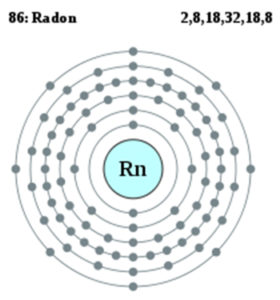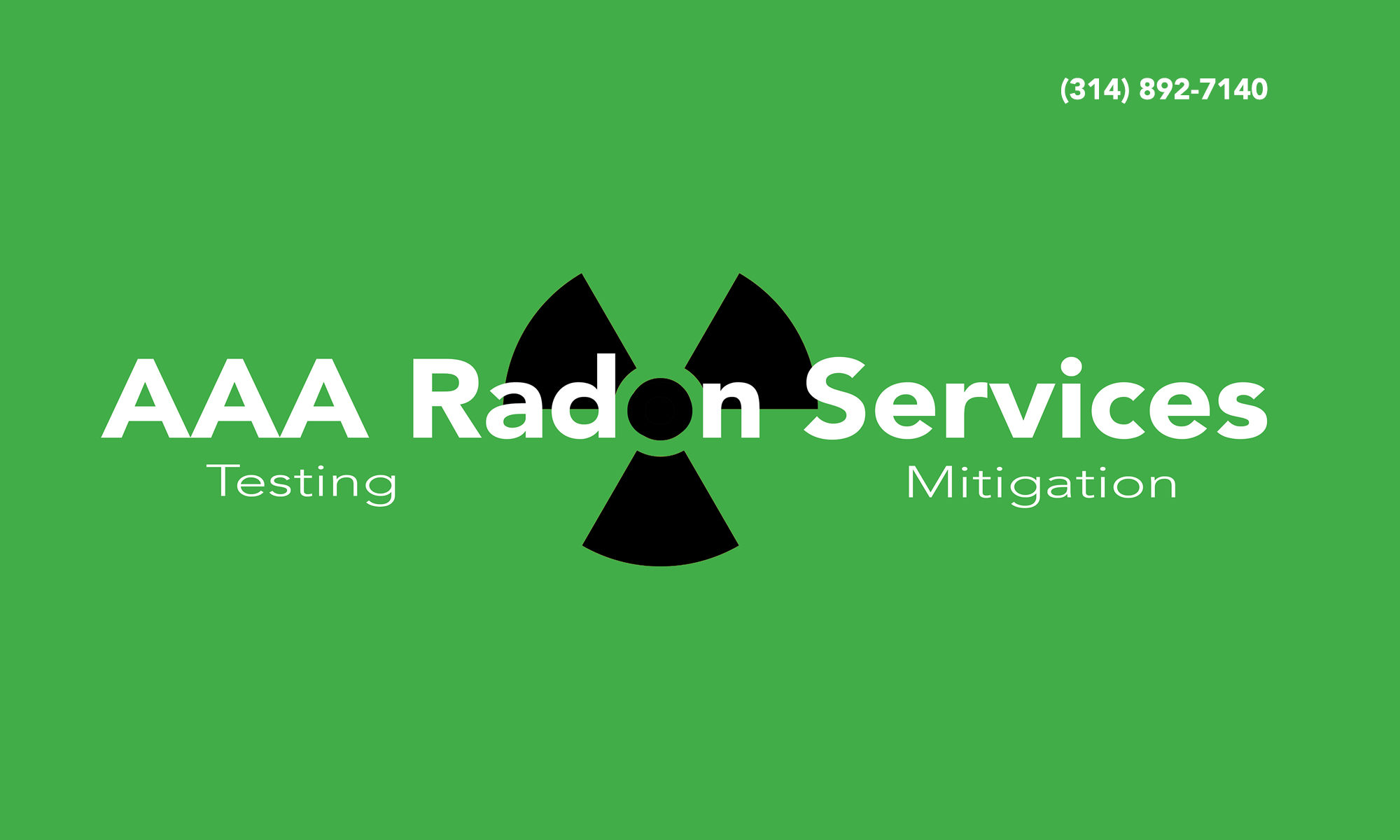 Properties
Properties
Radon is a gaseous, highly radioactive element discovered by English physicist Ernest Rutherford in 1899. The discovery is also credited to German physicist Friedrich Ernst Dorn in 1900. More specifically, Rutherford discovered radon’s alpha radiation and Dorn discovered that radium was releasing a gas.
Radon is a colorless chemically-unreactive inert gas. The atomic radius is 1.34 angstroms. It is the heaviest known gas. Radon is nine times denser than air. Because it is a single atom gas (unlike oxygen, O2, which is comprised of two atoms). it easily penetrates many common materials like paper, leather, low-density plastic (e.g. plastic bags and so forth), most paints, and building materials like gypsum board (e.g. sheetrock), concrete block, mortar, sheathing paper (e.g. tar paper), wood paneling, and most insulations.
Radon is also fairly soluble in water and organic solvents. Although reaction with other compounds is comparatively rare, it is not completely inert and forms stable molecules with highly electronegative materials. Radon is considered a noble gas occuring in several isotopic forms. Only two are found in significant concentrations in the human environment: radon-222, and radon-220. Radon-222 is a member of the radioactive decay chain of uranium-238. Radon-220 is formed in the decay chain of thorium-232. Radon-222 decays in a sequence of radionuclides called radon decay products, radon daughters, or radon progeny. It is radon-222 that most readily occurs in the environment. Atmospheric releases of radon-222 results in the formation of decay products that are radioisotopes of heavy metals (polonium, lead, bismuth) and rapidly attach to other airborne materials such as dust and other materials facilitating inhalation.
Use
Radon has been used in some spas for presumed medical effects. In addition, radon is used to initiate and influence chemical reactions and as a surface label in the study of surface reactions. It has been obtained by pumping the gasses off of a solution of a radium salt, sparking the gas mixture to combine the hydrogen and oxygen, removing the water and carbon dioxide by adsorption, and freezing out the radon.
Production
Radon is not produced as a commercial product. Radon is a naturally occurring radioactive gas and comes from the natural breakdown (radioactive decay) of uranium. It is usually found in igneous rock and soil, but in some cases, well water may also be a source of radon.
Exposure
The primary routes of potential human exposure to radon are inhalation and ingestion. Radon in the ground, groundwater, or building materials enters working/living spaces and disintegrates into its decay products. Although high concentrations of radon in groundwater may contribute to radon exposure through ingestion, inhalation of radon released from water is usually more important.
Radon in the Workplace
In comparison with levels in outdoor air, humans in confined air spaces, particularly in underground work areas such as mines and buildings, are exposed to elevated concentrations of radon and its decay products. Exhalation of radon from ordinary rock/soils and radon-rich water can cause significant concentrations in tunnels, power stations, caves, public baths, and spas.
Learn more about our services here. Learn more about our sister company, S & B Best Pest, here.
AAA Radon Services has your solution. Call or email us today!
(314) 892-7140 or info@aaa-radon.com

